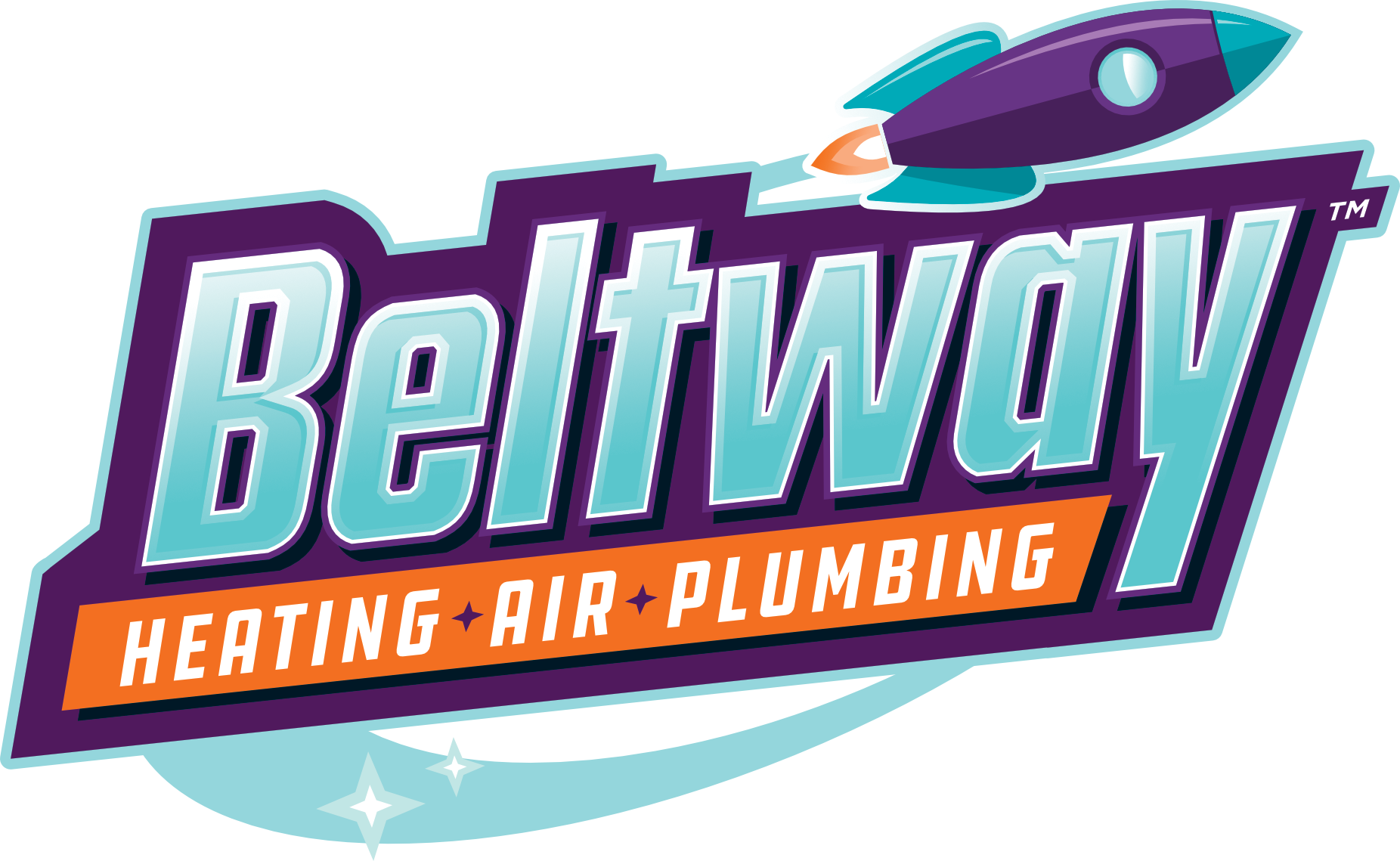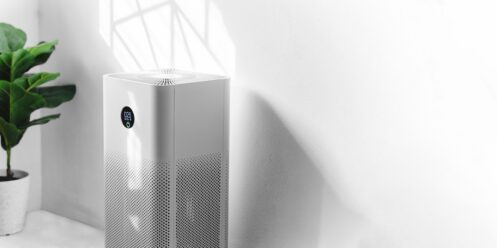Do you ever wonder how the air in your home or office can affect your health and well-being? Air pollutants such as dust, pollen, and pet dander can aggravate allergies and asthma, while chemicals and volatile organic compounds (VOCs) can cause headaches, nausea, and other unpleasant symptoms. Fortunately, an air purifier can help clean the air and improve indoor air quality. But exactly how does an air purifier work? Read on as we explore the inner workings of air purifiers.
What Is an Air Purifier and How Does It Work?
An air purifier is an electronic device designed to remove contaminants from the air inside a room or building. These contaminants can include smoke, dust, pollen, and other airborne particles that can negatively affect indoor air quality and cause health problems.
Air purifiers draw air through an intake vent and pass it through a series of filters or other purification technologies. The clean air is then released into the room through an exhaust vent. Some air purifiers also have sensors that can detect the level of pollutants in the air and adjust the fan speed or purification settings accordingly.
Types of Air Purifiers
Different types of air purifiers use various technologies to clean the air. Below is a description of five popular types of air purifiers.
HEPA Purifiers
HEPA air purifiers are the most popular and widely used type of air purifier today. HEPA stands for high-efficiency particulate air. HEPA purifiers can trap particles as small as 0.3 microns, including most airborne allergens, dust, and pollutants. HEPA purifiers force air through a fine mesh that traps airborne particles. They are very effective at removing allergens, dust, and other particles from the air, but they do not eliminate odors or harmful chemicals.
Activated Carbon Air Purifiers
Activated carbon purifiers utilize a highly porous material treated with oxygen to create an extensive network of tiny pores between carbon atoms. The purpose of these pores is to trap chemicals, gases, and unpleasant odors. The untreated air passes through the activated carbon layer to eliminate pollutants and contaminants. The tiny pores then capture the unwanted substances, thus purifying the air.
UV Air Purifiers
UV purifiers use ultraviolet light to kill bacteria, viruses, and other microorganisms in the air. UV purifiers work by exposing the air to UV-C light, which is the most effective type of UV light for killing germs. UV light disrupts the DNA of the microorganisms, rendering them harmless. UV purifiers effectively kill bacteria and viruses but don’t remove particles or odors from the air.
Ionizers
Ionizers are air purifiers that emit negative ions into the air. Negative ions bind with particles that carry a positive charge, including common irritants like dust and allergens, leading to an increase in their overall weight and a subsequent drop to the ground. Ionizers effectively remove particles from the air but do not remove odors or harmful chemicals.
Ozone Air Purifiers
Ozone is a highly reactive gas that interacts with pollutants and contaminants in the air, breaking them down into harmless substances. Ozone generators work by producing ozone and releasing it into the air. Ozone generators are effective at removing odors and killing bacteria, but they can also harm humans and pets if not used properly.
Benefits of Air Purifiers
Improved Respiratory Health
Contaminants like smoke, dust, and pet dander can irritate the lungs and exacerbate asthma and respiratory distress. One of the most important benefits of air purifiers is their ability to remove harmful pollutants from the air, which can significantly impact respiratory health.
Allergy Relief
Common allergens, such as pollen, dust mites, and pet dander, can trigger allergic reactions and cause symptoms that include sneezing, itching, and congestion. Air purifiers can pull these allergens from your environment and provide significant relief for people who suffer from allergies.
Improved Sleep
Poor indoor air quality can lead to sleep disturbances, including snoring, coughing, and congestion. By removing pollutants, air purifiers can create a more comfortable sleeping environment, allowing for better sleep quality and more restful nights.
Reduced Risk of Illness
Bacteria, viruses, and other pathogens can be transmitted through the air and cause various illnesses, from the common cold to more serious respiratory infections. Air purifiers can help reduce the risk of illnesses by removing these harmful contaminants from the air.
Improved Indoor Air Quality
Finally, air purifiers can improve overall indoor air quality by removing pollutants and allergens from the air. This results in multiple benefits, from reducing unpleasant odors to creating a more comfortable and healthy indoor environment.
5 Factors To Consider When Choosing an Air Purifier
There are several factors to consider before purchasing an air purifier to meet your needs. Here are five things to think about:
1. Room Size
Air purifiers are designed to work within specific square footage, and using an air purifier that is too small for a room will not effectively clean the air. On the other hand, using an air purifier that is too large for a room can result in unnecessary energy consumption and expense.
2. Noise Level
Air purifiers can produce noise, and some people find this distracting. If you plan to use the air purifier in a bedroom or another quiet space, consider the amount of noise it produces before you purchase it. Look for models with a low decibel rating or a night mode that runs at a quieter level.
3. Energy Consumption
Air purifiers can use a significant amount of energy, so it is crucial to choose an energy-efficient model. Look for air purifiers with an ENERGY STAR® certification or a low wattage rating.
4. Maintenance
Air purifiers require regular maintenance to continue functioning effectively. Additionally, consider the cost of replacement filters, as this is an ongoing expense to factor into your decision. Some models have washable filters, while others require replacement filters every few months. Choose a model that is easy to maintain and has replacement filters that are readily available and affordable.
5. Additional Features
Some air purifiers come with additional features that may be useful for your specific needs. For example, some models have built-in air quality monitors that display the current air quality level. Others have multiple fan speeds or a timer that you can set to turn the purifier on or off at specific times. Consider which additional features are important to you and choose a model that includes those extras.
Call Professionals Today!
Are you concerned about the indoor air quality in your home or office? Look no further than Beltway Air Conditioning, Heating & Plumbing! Our team of experienced professionals is dedicated to providing top-notch heating and cooling services to keep you comfortable year-round. We also specialize in improving indoor air quality through air purification systems, duct cleaning, whole-house humidifier installation, and more. Customers in Hanover and the surrounding areas trust us to keep their spaces healthy and comfortable. Contact Beltway Air Conditioning, Heating & Plumbing today to schedule a consultation!





